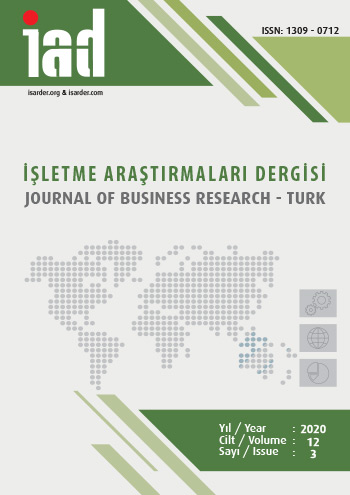Aşırı Turizm Sorununa Çözüm Olarak Pazarlamama Stratejileri Kullanılabilir Mi? Pamukkale Örneği
Using De-Marketing Strategies to Cope With Overtourism Problem? Case Study of Pamukkale
Author(s): Derya Çetinoğlu, Selma Meydan UygurSubject(s): Business Economy / Management, Marketing / Advertising, Tourism
Published by: Orhan Sağçolak
Keywords: Overtourism; Demarketing strategies;
Summary/Abstract: Purpose – This paper aims to, reveal the demarketing strategies as a solution to the extreme tourism problem in terms of destination. Demarketing approach is used in order to prevent destruction and corruption because of over using facilities of a destination and reaching its carrying capacities. Travertine of Pamukkale is a unique destination which welcomes thousands of visitors each year that pushes the limits of carrying capacities. This alarming situation needs preventive and corrective steps to be taken with serious efforts. This is the reason to chose Pamukkale as the sample of this research. Design/methodology/approach – This paper is built with qualitative methods including case study and document analysis techniques. Data gathered from “Pamukkale Özel Çevre Koruma Bölgesinin Koruma Amaçlı İmar Planı (Regional Special Environmental Protective Plan of Pamukkale in 1991)”, “Pamukkale Özel Çevre Koruma Bölgesi Yönetim Planı (Special Environemntal Protect Region Management Plan of Pamukkale 2020-2024)” and visitor numbers of Pamukkale distrinct in 2014-2019. Findings – Due to increasing in number of visitors, increasing-price strategy is used in the destination. In addition to that, pay gate system for entrance with limited number, and restrictions about time such as accepting visitors only for specific time of days are other applications of demarketing which is used in Pamukkale destination. Discussion – The most important reason why Pamukkale travertines are exposed to excessive tourism is the density of visitors to the destination during in a certain period and the unconscious use of the destination. In other words, the visitor management system cannot be implemented. The necessary warnings about the use of the destination are not transmitted to visitors. Visitors who come to the destination have many problems, such as not knowing how to use the space, problems with car parking, and a sewer problem. It is understood that the main reason for the emergence of the mentioned problems are deficiencies in planning and management. In this context, it is proposed to create and implement a sustainable planning and management system for destinations. In creating a sustainable destination planning and management system, it is recommended to apply marketing types. First of these, general marketing, counter-marketing and selective marketing varieties are aimed at preventing excessive demand on the destination.
Journal: İşletme Araştırmaları Dergisi
- Issue Year: 12/2020
- Issue No: 3
- Page Range: 3008-3026
- Page Count: 19
- Language: Turkish

